Growing streptocarpus from seeds

Exotic handsome streptocarpus is the dream of any florist. The plant of the Gesneriev family is distinguished by its attractive appearance and unpretentious care. The material in this article will acquaint the reader with the basic rules for growing a flower from seed at home.

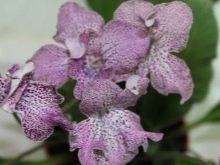
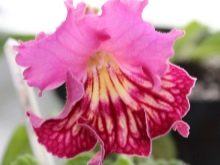
Description of the plant
Streptocarpus is an annual or perennial shrub that grows in the tropical forests of Africa and East Asia. The plant does not tolerate shade at all. Given the fact that mainly hybrids are grown on windowsills, the seed propagation method will not allow the shoots to inherit the properties of the mother plant. However, among other breeding techniques, it is considered the most effective.
Streptocarpus is also unique in that it can be made to bloom almost all year round. For this, artificial conditions for comfortable growth and development are created for him. The ornamental plant has about 130 varieties, which, depending on the type, can differ in appearance and growing conditions. For example, among them there are herbaceous varieties and plants that feel comfortable in dry climates.
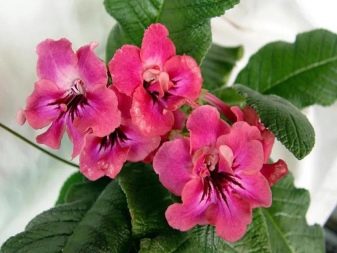

Flowers also differ, which can be simple, semi-double and densely double. Their color is very diverse, you can grow not only monochromatic, but also bicolor streptocarpus with different types of color. For example, it can be a pale blue flower with dark blue stripes on the lower petals, or a double specimen with a pink top and a yellowish-milky bottom.
The shape of the petals also differs: depending on the type, it can be pronounced, divided into 5 petals or double-corrugated, where the petals seem to be something single, cut along the edges.


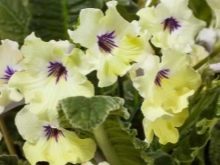
Features of preparation
The best seeds are those that are sown immediately after harvest. As a rule, it is they who have the greatest germination. The seeds themselves are tiny, for which they are called "seed dust". If the seed is purchased from a store, you can choose between regular and granular seeds.
At the same time, the latter have a nutritious shell, which, although not much, but increases in size, making the landing more comfortable. When buying, you cannot find out in what conditions the seeds were stored, but there is always the opportunity to see the expiration date. It is better to rely on it: the fresher the seeds are, the more sprouts will sprout. As for the variety, its choice depends on the preferences of the buyer. Streptocarpus hybrid "Madagascar" and "Volna" can be called beautiful varieties.
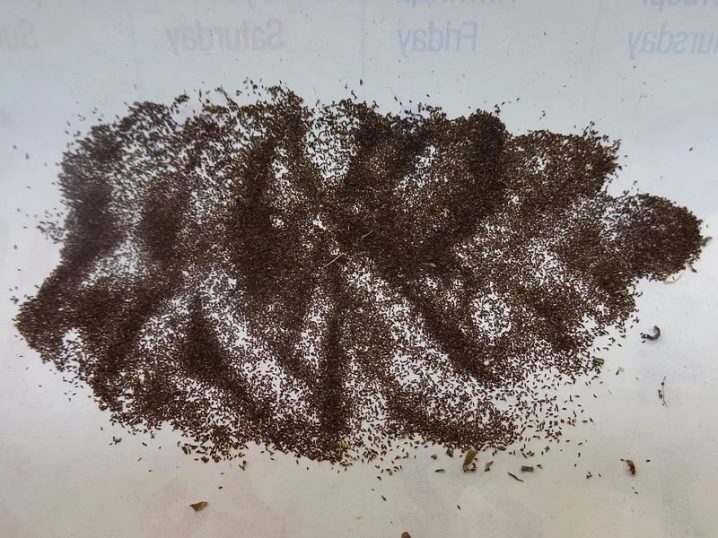
Capacity
It is necessary to choose a container for a plant taking into account the root system. In streptocarpus, it is superficial, and very quickly fills the pot itself. That's why the container for landing should be wide and shallow. You can use plastic containers as containers, which can later be cut, minimizing the risk of injury to the roots during transplantation.
Regardless of the type of pot, drainage holes must be made at its bottom to prevent moisture stagnation. The holes do not need to be made too large, since drainage will have to be placed on the bottom (for example, broken brick, expanded clay or chipped shards). As for the flower of the pot, preference is given to light colors.
In summer, the plant will not be hot in such pots, as they will reflect the sun's rays.
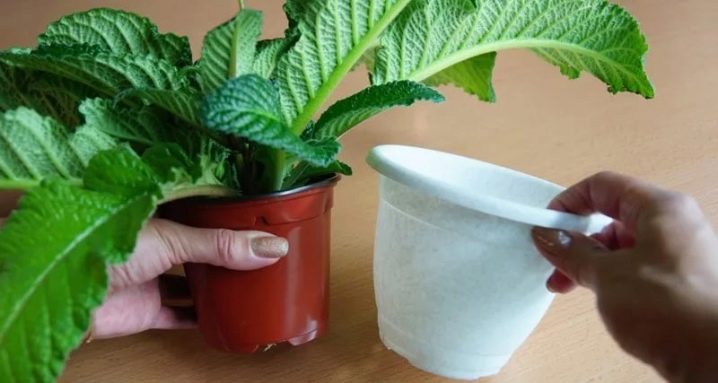
Priming
The choice of soil for a plant must be approached thoroughly. The fact is that it is precisely its composition and fertility that are the reasons why the plant, after two years from the moment of planting, loses its decorative effect. This is explained by the fact that it is quickly depleted due to the drawing of nutrients from it by the flower itself. The soil for streptocarpus should be fertile and loose, its acidity should be about 5.5-6.5 pH.
If you are in doubt about the quality of the soil, you can purchase a ready-made substrate in a specialized store. To grow a flower, a soil mixture for Saintpaulias is perfect, but it is imperative to include peat in it. If you want to make the substrate yourself, mix sheet soil, vermiculite (perlite or coarse sand), peat, crushed sphagnum moss. It will also be useful to add crushed charcoal to the soil.
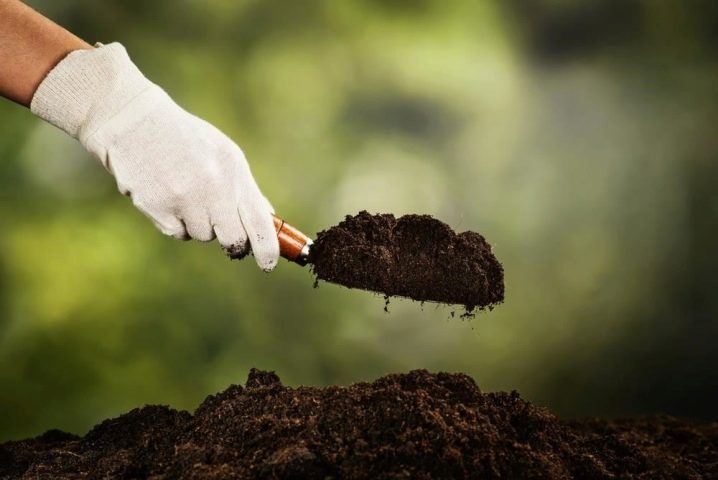
Landing
The ideal time for sowing streptocarpus for seedlings is considered to be the end of January - beginning of February. This process is painstaking and does not tolerate haste. Small bowls are prepared for future seedlings, on the bottom of which drainage is performed. Soil or a ready-made substrate is poured onto the drainage layer, then the soil is moistened.
Seeds are planted in the soil superficially, they are not covered with earth from above and do not deepen into it, although sometimes sprayed from above from a fine spray. After planting, the container is covered with plastic wrap or glass on top to ensure a greenhouse effect. The dish is removed to a warm place, where the temperature is approximately + 21-24 degrees.
The first shoots usually appear after a week and a half.
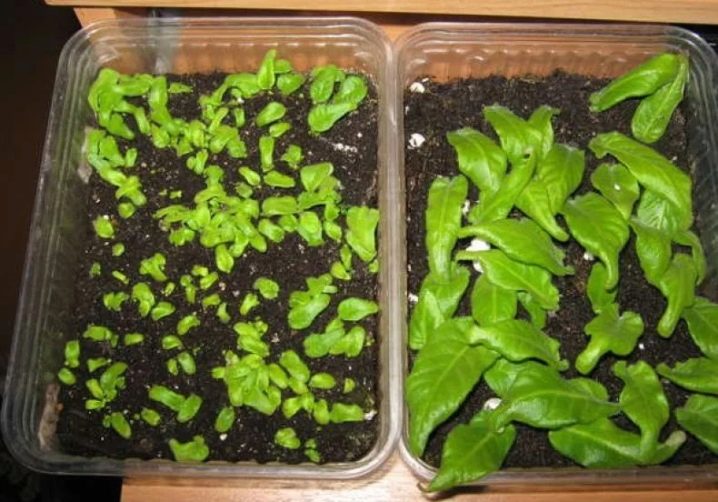
During the entire period of their germination it is necessary to regularly remove glass or film from the container in order to ventilate the seedlings... Do not place the container in a dark place, as this can increase the germination time and cause the sprouts to stretch upward in search of the sun. As a result, they will be elongated, but weak. Watering at this time is performed through the pallet, so as not to erode the seeds and exclude their rotting.
As for the stratification of perennials, its relevance must be looked at on seed packs while still in the store. If it is not indicated there that it is necessary to stratify streptocarpus, this procedure does not make sense. This will not affect germination, because in perennials, the best and highest quality seeds are those that are planted immediately after ripening.
If the grower believes that stratification is necessary, he withstands the moistened seeds on the lower shelf of the refrigerator at a low positive temperature.
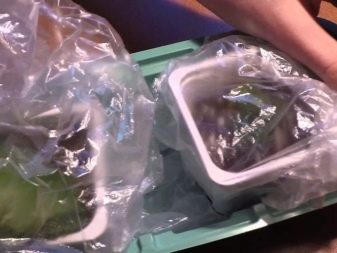

Care
Streptocarpus does not like either heat or cold, and therefore the optimal temperature for its active growth and development is + 20-25 degrees. During flowering, it is desirable that the temperature is a couple of degrees lower. If it gets hot in the house, the flowers will start to fade. To fix the problem, you can take the flower out into fresh air.
In this case, it is worth taking note of the nuance: large-flowered varieties like more heat (at least +20). Those with small flowers need coolness, and therefore a temperature of +15 is the optimal condition. You need a lot of light, but scattered, while the duration of daylight hours should be at least 14 hours.
The best place in the room would be to place the flower on the sill of a south-facing window.
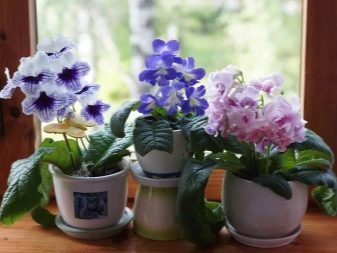

Watering the streptocarpus grown from seeds at home must be correct. The flower does not like an excess of water in the ground. Proper watering consists in moistening the soil so that water does not get on the leaves and root collar of the plant. At the same time, it is necessary to use settled or filtered water at room temperature for irrigation.
The air humidity should be high. If the room is dry, you need to put a container of water near the flower. You can spray the air near the plant or purchase a special humidifier. You cannot try to make up for the lack of moisture with excessive watering - this will destroy the plant.
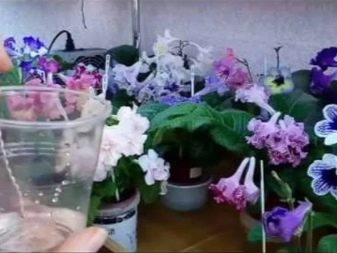
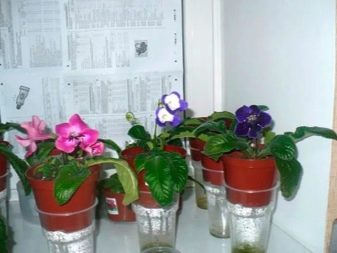
One of the obligatory stages of plant development is picking. It is performed only when a pair of true leaves appear on the shoots. Moreover, it is necessary to transplant, and not to reload the plant, planting it not only in a new pot, but also providing it with a fresh and nutritious substrate. The capacity at this stage is selected more than the previous one, which is necessary for the formation of a superficial root system.
The plant is removed from the ground and carefully disposed of the old soil. A visual inspection of the roots is immediately carried out: if there are rot lesions anywhere, they get rid of it. Long roots are cut. If you need to divide the bush, then immediately after dividing the places of the cuts are treated with crushed charcoal.
When transplanting into a new pot, make sure that the growth point and young leaves are not buried in the ground. The plant cannot be strongly pressed into the soil, so as not to harm the roots and shoots. As for the size of the pot, a container with a diameter of 6-8 cm is quite enough for a young plant. Reproduction is performed by dividing the bush and cuttings.
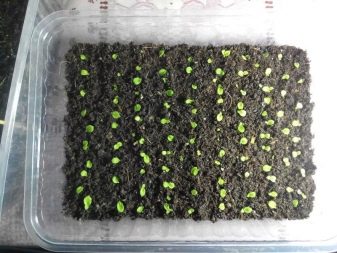
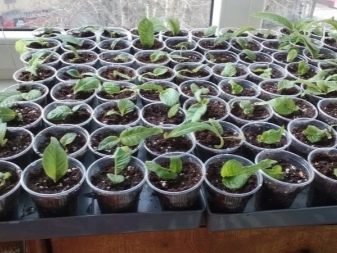
Possible problems
Like most plants, streptocarpus can become ill during active growth and dormancy. The main reason for this is non-compliance with the rules of caring for him.
- If the plant is sick with gray rot, then it suffered from the cold or received mechanical damage. Spots appear on leaves, shoots and flowers, and then mold. Save streptocarpus with a fungicide.
- Fusarium indicates excessive watering and a low temperature that is not suitable for the flower. Cuttings and peduncles begin to rot, and then the roots. If the roots are sick, it is almost impossible to save the plant.
- Drying and deformation of leaves, the appearance of a white bloom, the loss of decorativeness of the plant speaks of its disease with powdery mildew. This happens in high humidity, drafts and sudden temperature changes. It is urgent to treat the flower with a copper-soap solution.
- If growths appear on the leaves, and the foliage itself begins to curl, this says about the attack of aphids. Spider mites appear when the room is hot and dry. They get rid of each insect with their own preparation.
- If the plant is attacked by thrips, they will feed on its juices, which will lead to a loss of decorativeness and growth arrest. It is necessary to get rid of pests with Aktellik or Akarin.
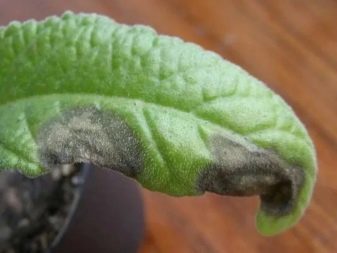

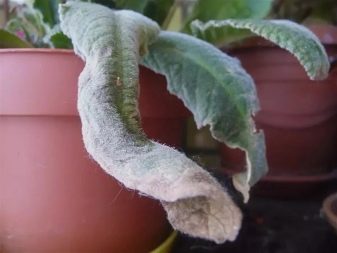
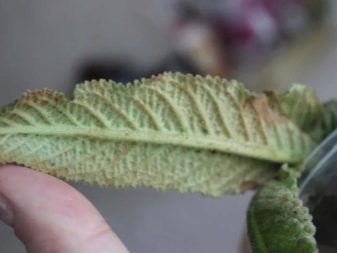
For information on how to grow streptocarpus from seeds, see below.



























The comment was sent successfully.